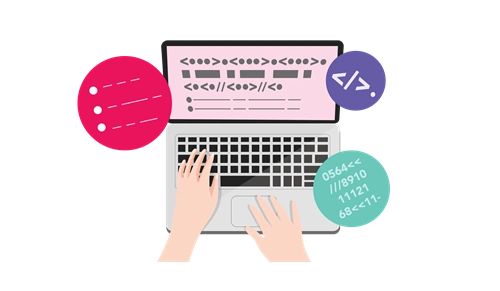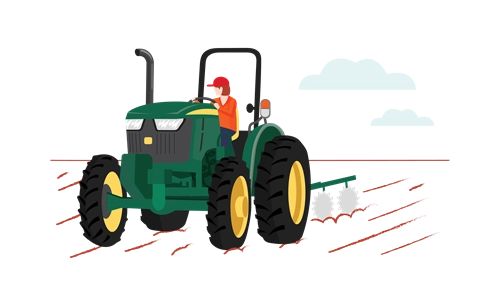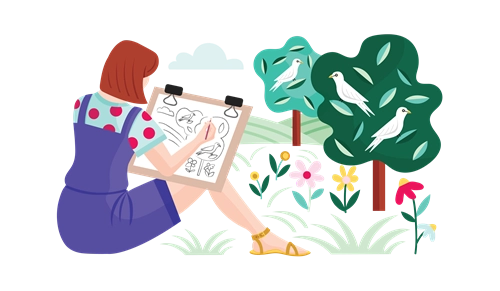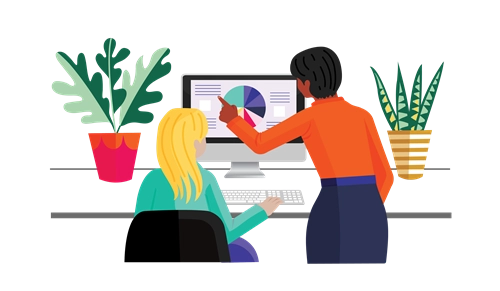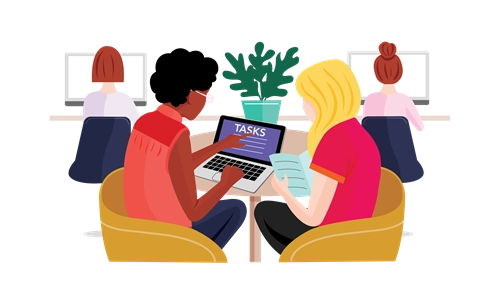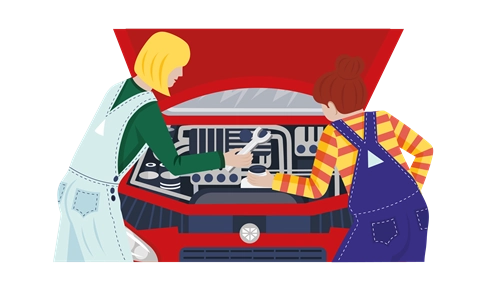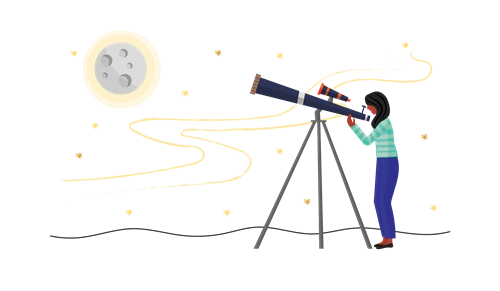Demonstrate transferrable learning
STEM talk should not be limited to teaching within the STEM learning areas. Making connections across learning areas reinforces the value of STEM for students, shows how STEM careers are often multi-disciplinary, and demonstrates that connecting with their STEM identities empowers students to be successful across all their learning. This can be particularly important for girls who may identify more strongly with other learning areas.
Making connections between STEM dispositions and skills and other learning areas also supports students to leverage their strengths and confidence outside of STEM to build their STEM identities.

26ShadesofGreen/Shutterstock.com
In your classroom: Make connections across the curriculum
Use these links to explore skills from a range of Australian Curriculum Version 9.0 learning areas. Note that these filtered examples of the curriculum show Year 6 and Year 8; you can change the target year level to one that is relevant to your classroom.
As you review the curriculum, consider where you see similarities or skills that might reinforce learning across learning areas.
Reflect on relationships between learning areas, such as:
- How does design thinking or problem-solving relate to HASS or the arts?
- How does developing evidence-based arguments and appreciating multiple perspectives connect to learning in English?
- How does identifying patterns and generalising in mathematics relate to HASS, the structure of English or learning another language?
You can also use the STEM Dispositions poster to highlight transferable dispositions and skills as you engage with other learning areas.
Talk tips
- Make explicit connections between STEM knowledges when teaching other learning areas, and vice versa, for example, ‘Remember when we worked on procedural texts in English and you had to break down the process into specific steps? That’s a similar type of thinking we use when we’re developing algorithms in Design Technologies.'
- Reflect on productive struggle in another learning area and compare the experience to students’ STEM challenges, for example, ‘Amara, you couldn’t do a cartwheel at the beginning of the year, but now you can. How were you able to develop that skill?’
- Leverage students’ strengths in other learning areas to build their STEM dispositions and skills, for example, ‘Luisa, the way you thought about the text from each character’s perspective yesterday was so insightful. As you design your solution, I wonder if you can use that same empathy to think about different users’ needs?’
Resources
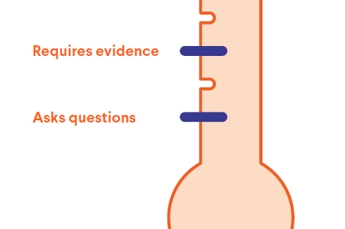
STEM Dispositions Meter Posters
Use the STEM Dispositions Meter Posters posters to highlight examples of students demonstrating high levels of skill or invite students to push themselves to increase their level on the meter.
Download